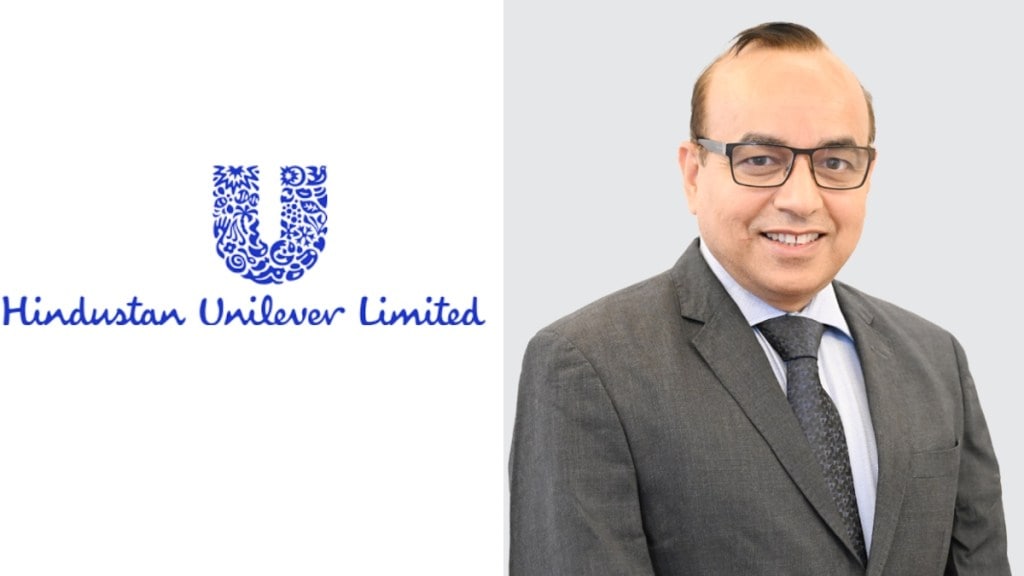Hindustan Unilever (HUL), the country’s largest consumer goods company, runs a network of 28 factories and 35 warehouses, producing over 75 billion units across 2,000+ products annually. This large operation is fuelled by advanced automation, digital analytics and artificial intelligence (AI) to ensure minimal disruptions to the production process. Yogesh Mishra, executive director, supply chain at HUL, talks to Viveat Susan Pinto about the focus on digital fulfilment centres and utilisation of nano factories to produce in small batches and how Project Nakshatra is aiding agility. Excerpts:
HUL has often said that what is good for India is good for the company. How does this play out in your supply chain operations?
We have a collaborative and customer-centric approach to supply chain management. We have a multi-category multi-format distributed network comprising 28 own factories and over 50 collaborative manufacturing units producing more than 75 billion units annually. We also strive to be gender-inclusive — for instance, one of our factories in Bundelkhand in central India has over 40% women in the workforce. We are looking to take our female workforce numbers up in our other factories too. At the same time, we constantly strive to be innovative and optimise our operations to meet the changing needs of the Indian consumer.
What is Project Nakshatra and how is it helping your supply chain stay nimble?
Project Nakshatra is our multi-year network transformation project which we have undertaken to reset our manufacturing and distribution network. As part of this project, we aim to create factories closer to demand centres and co-locating suppliers and warehouses, so that we can serve our customers faster and at a lower cost. This also helps us drive agility and resilience in our supply chain. With Nakshatra, we aim to reduce lead times and optimise our logistics network effectively. We started Nakshatra with the home and personal care (HPC) portfolio in 2020 and the execution is now complete. This programme has now been expanded to other parts of our portfolio, including foods.
How are nano factories helping you crunch production timelines and roll out products quickly?
New-age channels like e-commerce are growing much faster than traditional channels. These channels require a wide assortment with very low volume per pack. However, traditional manufacturing systems are designed for economies of scale with high run time, large batch sizes, and high changeover times with higher wastage. This results in lower responsiveness and hence, this system isn’t equipped to serve these new channels with high service levels.
Hence, we created a nano factory which is an exact scaled-down version of our large-scale factories. The nano factories help us bridge this service gap for new-age channels by making more products frequently in smaller batches. There are currently seven nano factories running in HUL. Between them, they produce more than 500 products and have supported more than 100+ innovations.
What is your Samadhan platform all about? How are you separating demand capture and fulfilment with this?
Digitising our transportation, fulfilment, and customer service ecosystem is part of the digital foundation that we’ve laid out for our supply chain network. The aim here is to improve truck and asset utilisation, promote intelligent execution, and capture customer orders through electronic data interchange. In the front end, to unlock next-day delivery, we have created automated digital next-gen fulfilment centres called Samadhan, where we have created an automated pick-pack-sort capability to service retailers the next day. We have successfully piloted Samadhan in Chennai and are expanding this capability in the Mumbai region.
How are you using AI and machine learning (ML) to modernise operations?
We have set up a strong digital foundation across our factories through a cybersecure infrastructure and IOT-enabled sensors for real-time data capturing. We have several digital solutions in safety, energy, quality, and productivity. With the foundation layer fully established across our network, we have now built a layer of intelligence on top of these use cases by leveraging AI.
Our planning ecosystem, for instance, is powered by AI/ML-led demand forecasting which generates real-time scenarios through which we’re able to achieve a high forecast accuracy. Within sourcing, we are driving competitive buying through an advanced ML-enabled solution called Bullseye. Within manufacturing, we are progressing with speed in combining our AI-powered digital foundation with advanced physical automation to take the next big leap towards establishing ‘dark operations.’ This helps us accurately predict supplies and prices to drive profitability. We are also building the SC Nerve Centre which will integrate and process the data from these use cases to drive end-to-end and faster decisions in improving efficiencies and increasing supply chain resilience in case of disruption.
What are these dark operations you are referring to?
Dark operations are production lines that run with minimal human intervention using advanced digital technologies and automation. These lines provide automated insights and recommendations to our control room operators to drive efficiency while ensuring superior product quality. We have established a few dark lines in some of our factories and have plans to expand this in the coming years.
How are you decarbonising your supply chain?
We are on track to achieve Unilever’s global target of cutting greenhouse gas emissions from our operations (known as scope 1 and 2 emissions) by 100% by 2030 (against a 2015 baseline). We currently utilise green energy for over 96% of our operations. We’ve also made investments in solar and wind power infrastructure. However, these are a small proportion of our overall emissions. The bigger part, which is scope 3 emissions, is associated with the production of raw materials and ingredients we purchase from our suppliers. As such, to reach our net zero target by 2039, we must work with our suppliers to help them take action within their own operations and value chains. We are doing this by asking our key supply partners to be part of our Supplier Climate Programme.

